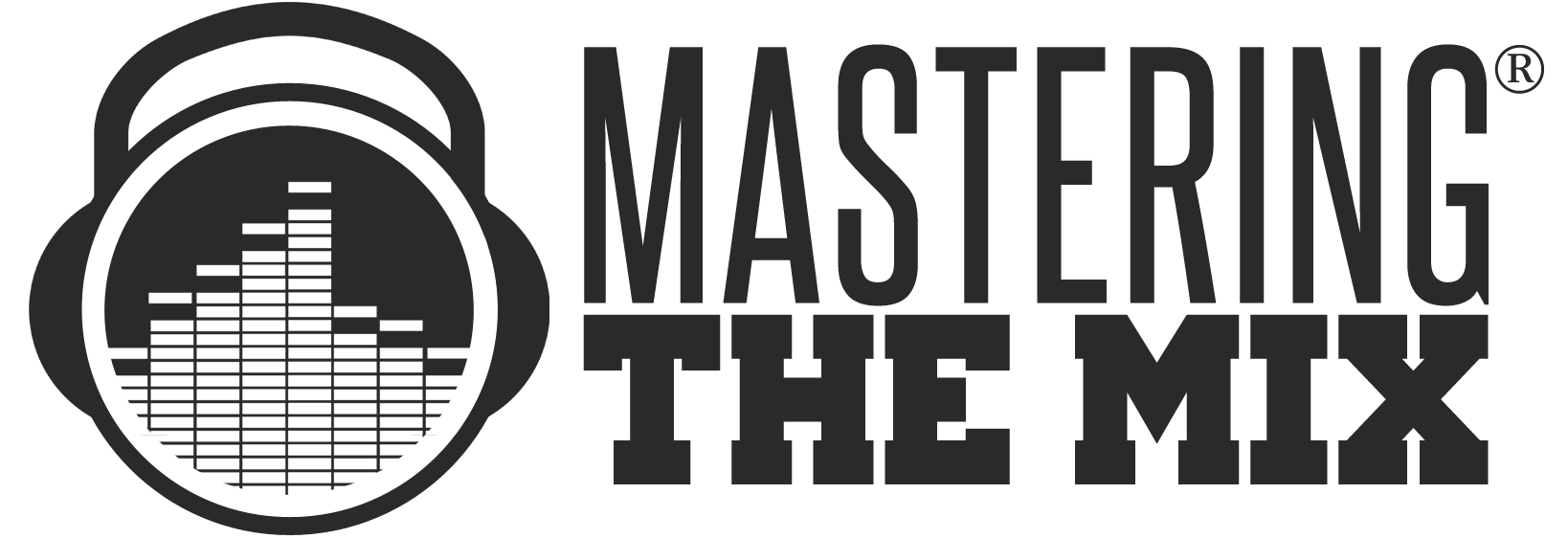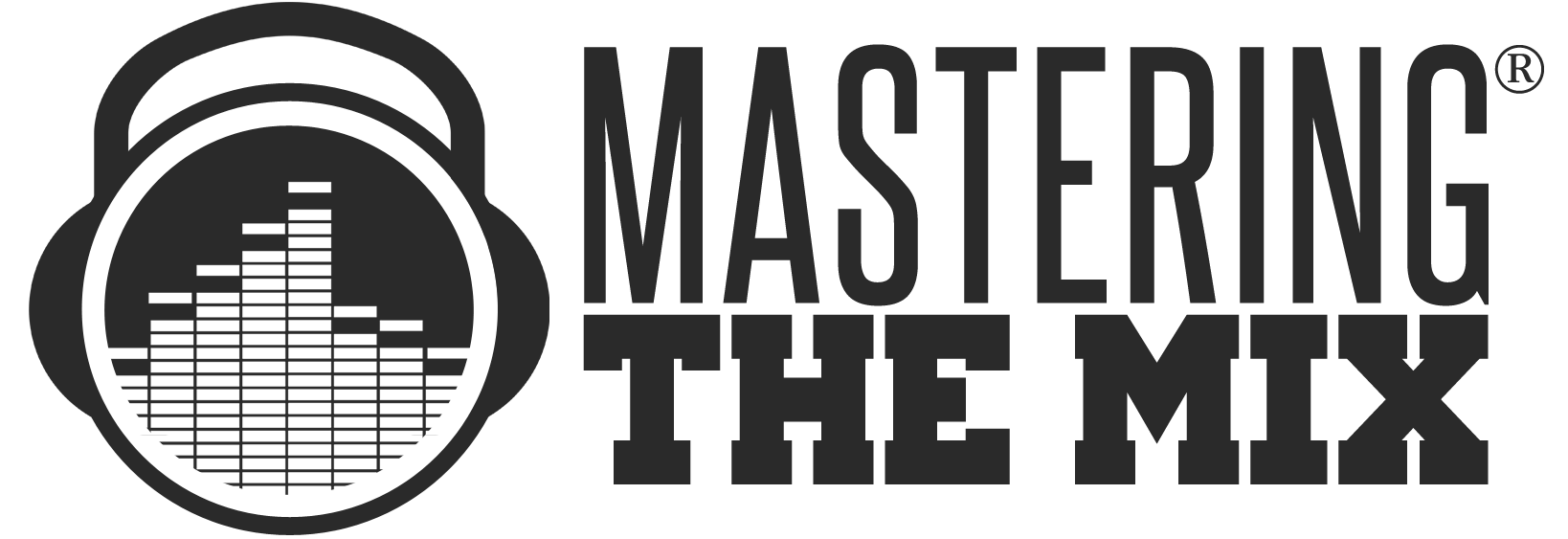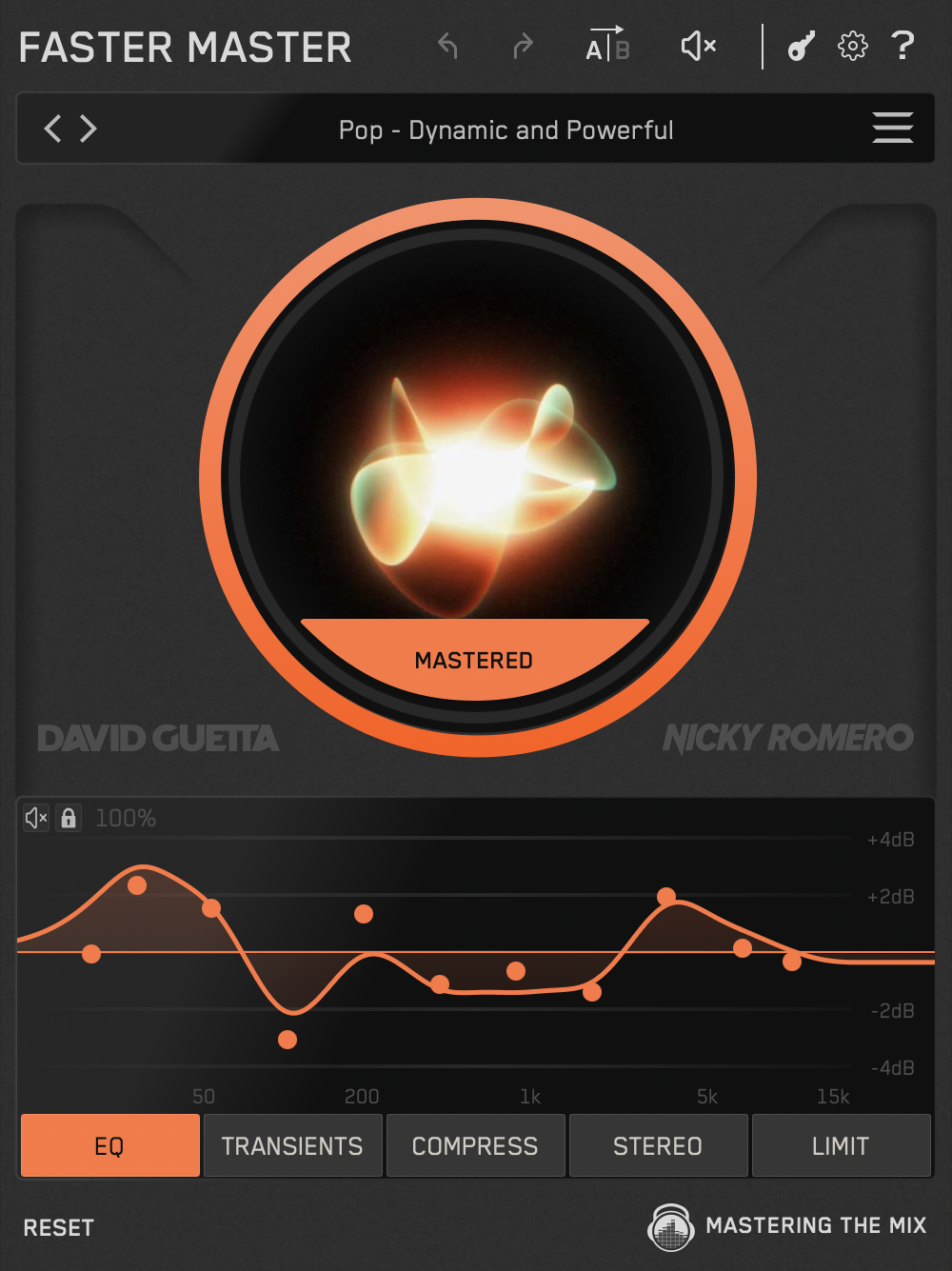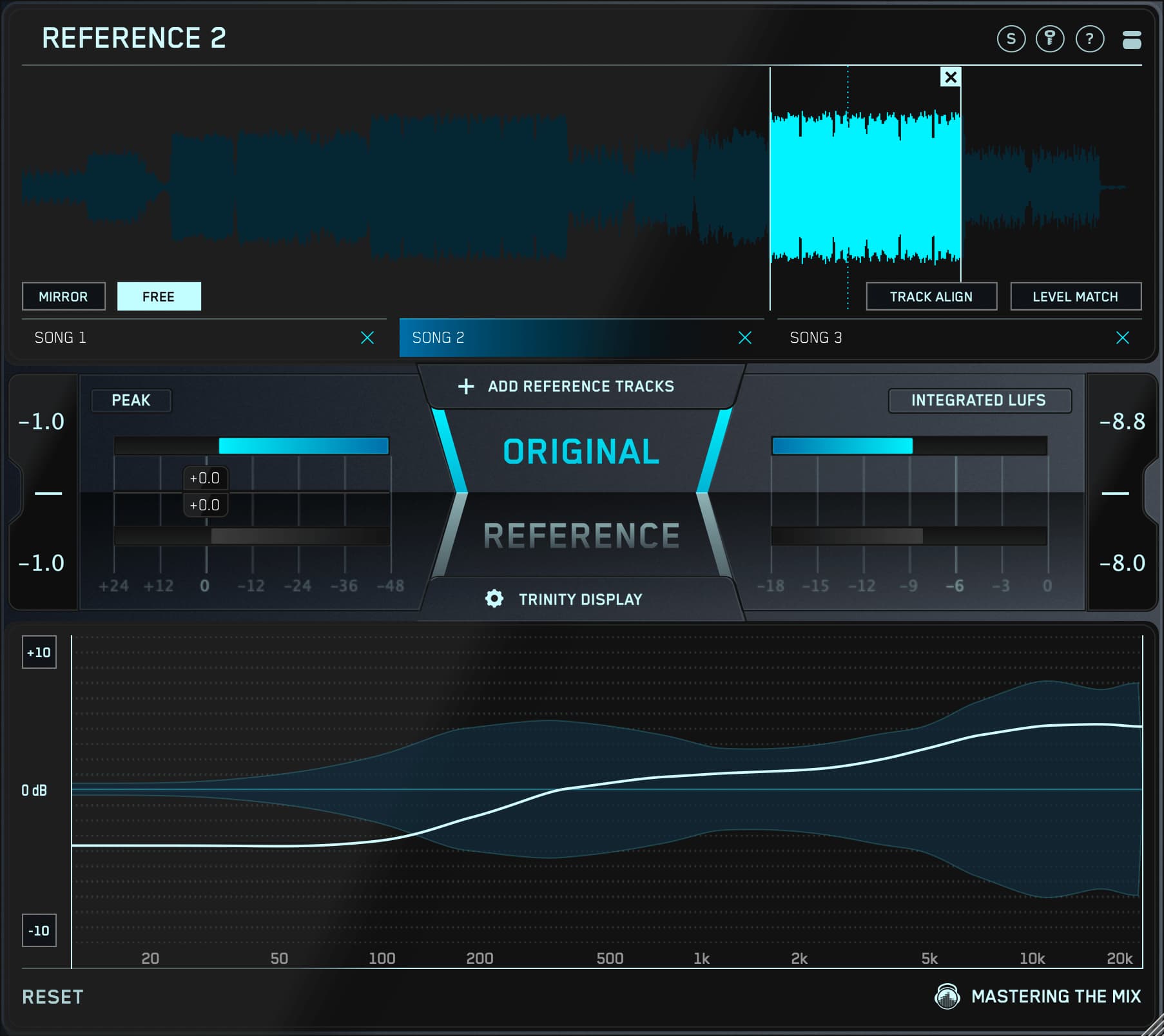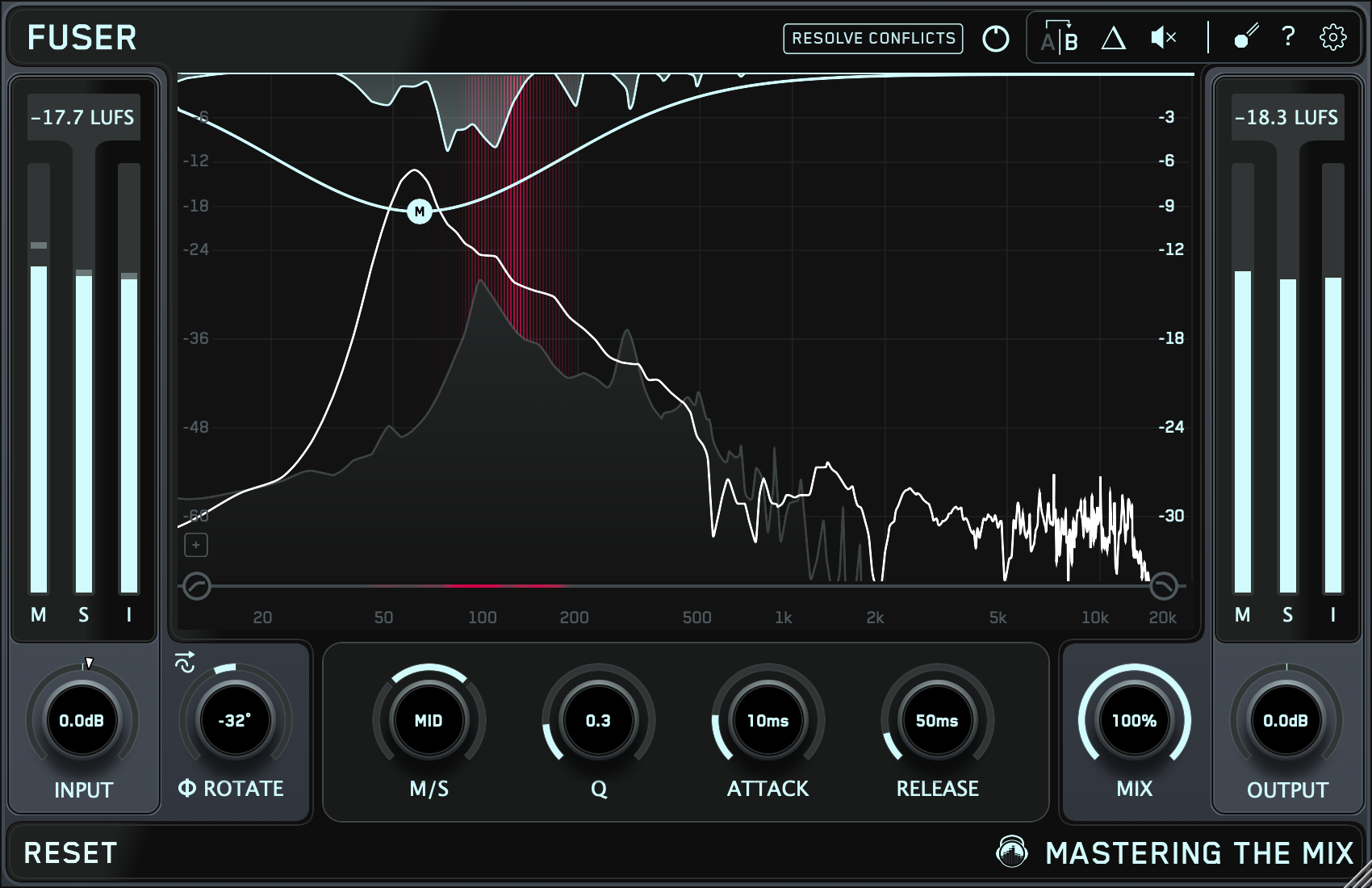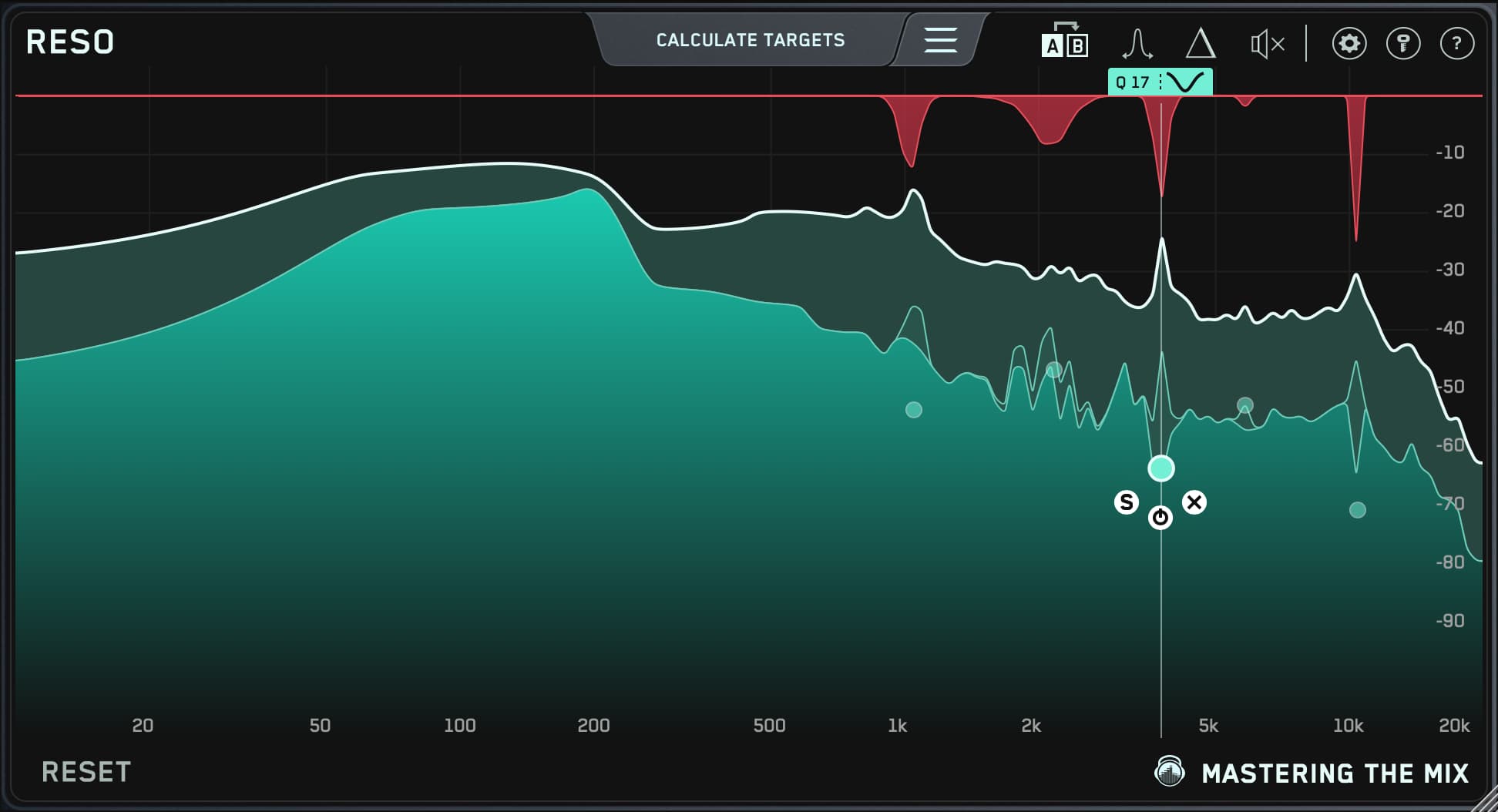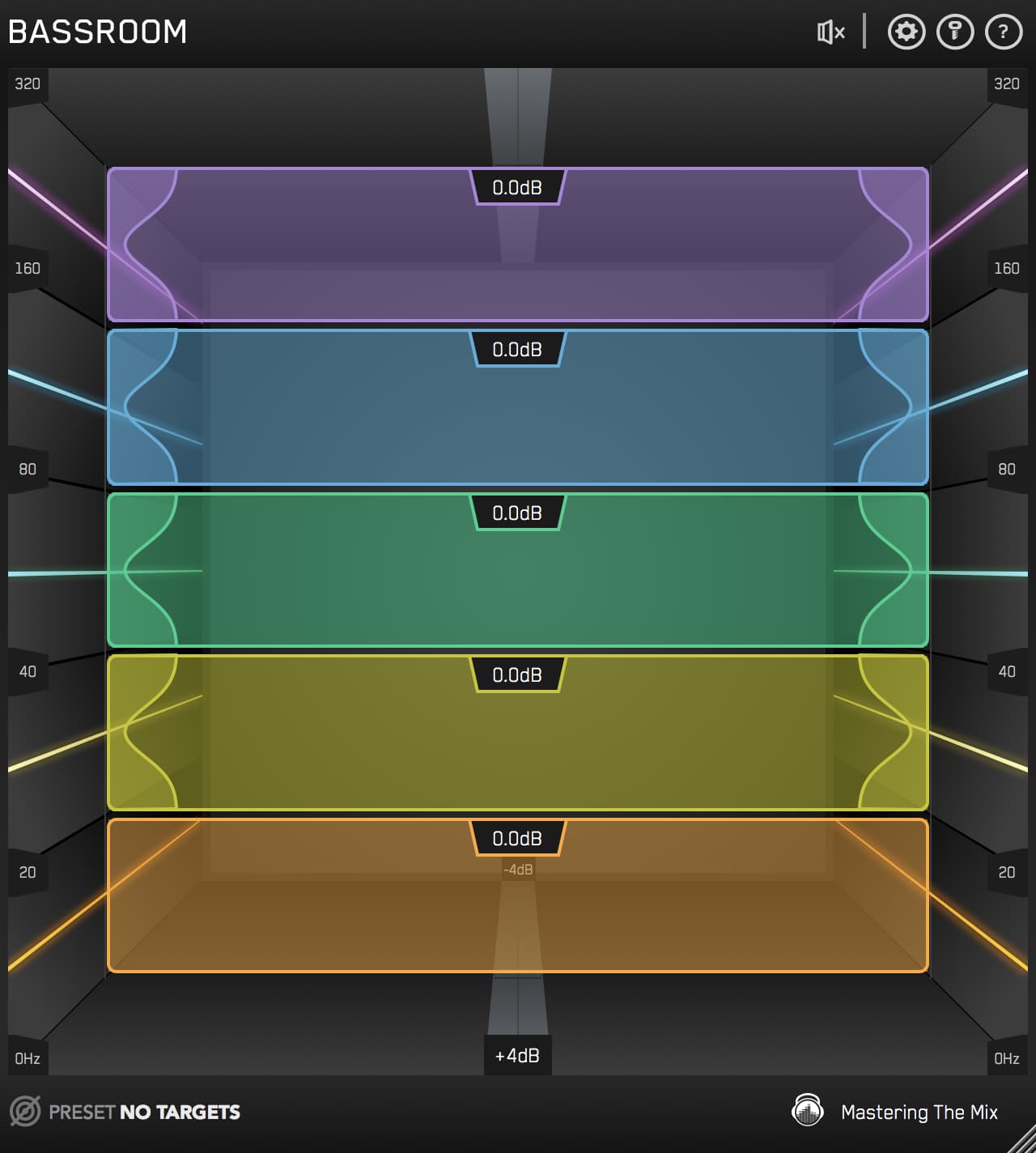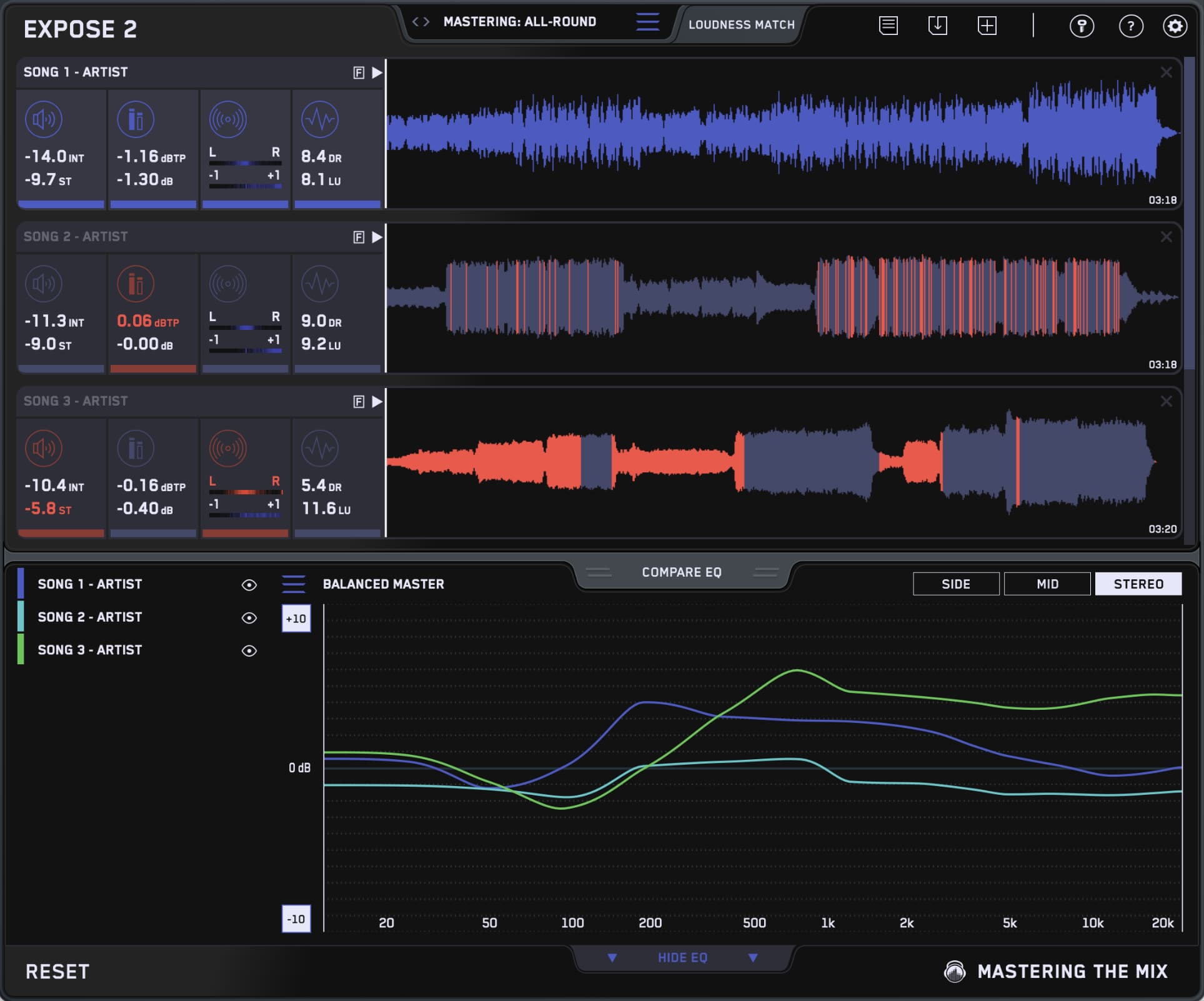In today's saturated music market, there's only one way to stand out: you need to sound different from everyone else. You need to give your listeners a reason to listen to your productions instead of all the other music out there.
Many producers try to fast track their careers by blatantly copying other successful producers. While this may give you a brief viral moment — your proverbial "15 minutes of fame," it's not an effective way to build a thriving, long-lasting future in the industry.
You'll never be as good as the original, and you should never settle for being the off-brand version of someone else. Instead, make your audience stand up, take notice, and exclaim, "I've never heard anything like that before."
Best of all, once you find a formula that's successful for you, you can apply it to future productions. You'll want every new song you create to remind your audience of your old song.
The trick, however, is to strike the perfect balance of being completely the same and of being completely different each time you create a new production.
In this post, we'll explore several ways you can find your own sound, as well as how you can apply this winning formula across all your productions.
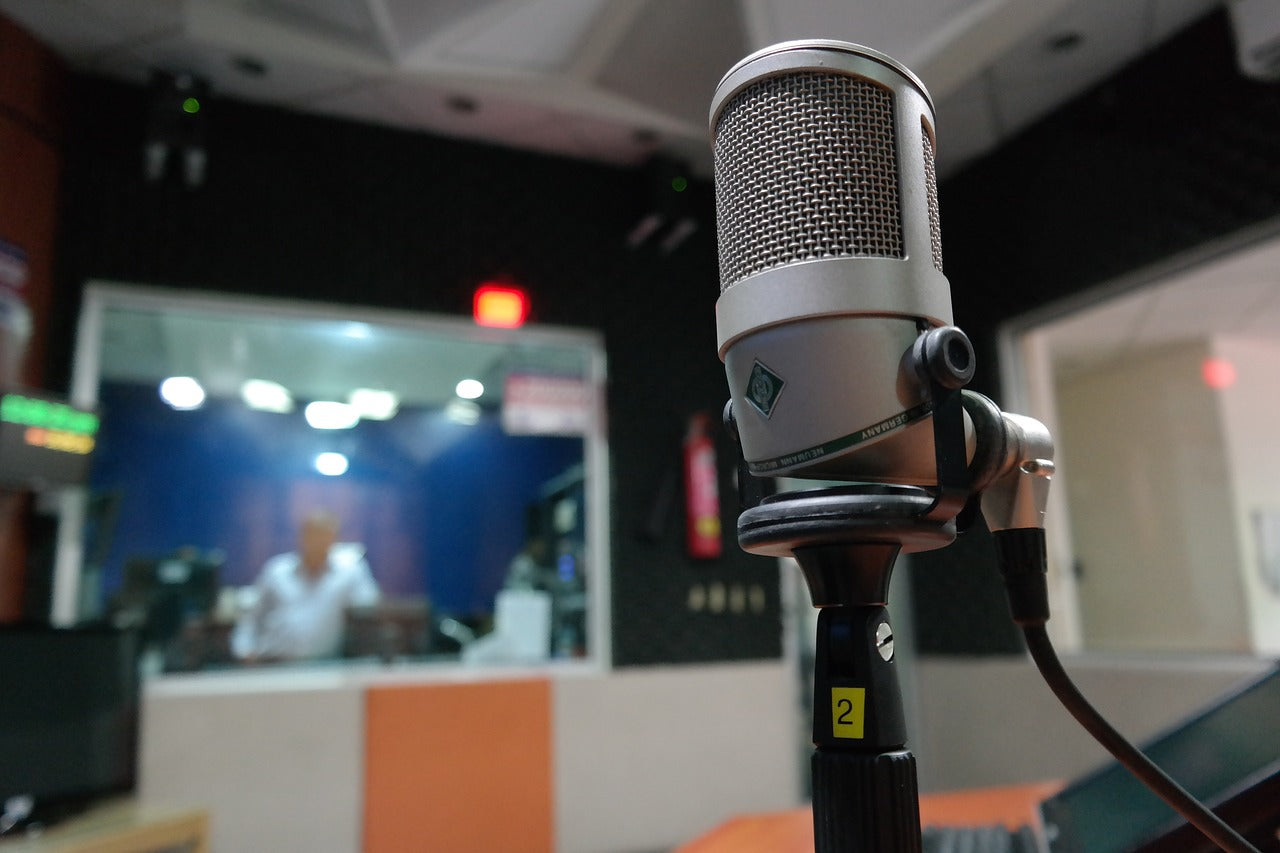
Avoid Plug-in Presets
There's a perfect word to describe plug-in presets: generic. It doesn't matter how awesome your celebrity-endorsed plug-in's celebrity-programmed presets are, they'll sound exactly the same on your productions as on everybody else who uses the same preset.
Worse yet, the individual who programmed the preset hasn't even heard your music. So, how are they supposed to know what settings will sound best for your productions?
It doesn't matter if you're using an equalizer, a compressor, a modulation effect, reverb, delay, or something else entirely. Listen to your music, trust your ears, and create your own settings that work for your music.
Even better, if you find settings that really work for your style of music, save them as a custom user preset. That way, you can use the same settings as a starting point for similar situations on future productions.
Once you really nail the settings on your plug-ins, you'll have other producers wanting to steal your presets!

Stay Away from Stock Synth Patches
Stock synth patches are another cause of generic-sounding productions. After all, if everybody is using the same patches, on the same soft synths, in exactly the same way, then listeners are going to get really tired of hearing the same sounds over and over again.
The last thing you want is for your music to sound exactly like the music your audience is already sick of hearing. But, if you treat them to something they've never heard before, they'll keep coming back because they'll want to hear what you come up with next!
Learning to create synth patches can be daunting, but you don't need a PhD to learn your way around oscillators and modulators. And with Syntorial and other similar training programs out there, teaching yourself how to program a synthesizer is easier than ever.
You'll be shocked at how unique your productions will sound when you build them out of sounds that nobody else has access to!

Create Your Own Samples
Over-reliance on popular commercial sample libraries is a surefire path to mediocrity. Everybody seems to gravitate towards the same samples, and everybody is tired of hearing them over and over again — including your audience.
That's why you should throw up a microphone (or two), play an instrument, make some noise, and create your own samples.
You don't need to be a virtuoso, either. If you can look up how to play a chord on a chart, you have everything you need to create a stellar-sounding one-shot.
Don't be afraid to step outside of your studio, either. Whether you look in a natural environment or in an urban setting, there are ear-grabbing sounds everywhere.
You can also create interesting samples using foley-like techniques: drop flatware, scrape metal objects together, stomp your feet, creak a door, ding a fork on a drinking glass — there's no shortage of interesting sounds out there.
Once you've created a sizable library of original samples, place them in your favorites folder for fast-and-easy access. And since every sample in the folder is uniquely yours — nobody else will have access to anything like them.
Simply put, your custom samples will sound like you!

Pull Effects Chains Out of Your Old Songs
Producers who've been at it a while tend to use the same signal chains over and over again, i.e., their signature vocal chain, their signature drum bus chain, and their signature snare drum chain. Truth be told, most seasoned producers and mix engineers rely on the same relatively small batch of plug-ins, with similar settings, even on large, complex projects.
Once you find something that works, there's no reason to reinvent the wheel every time you encounter the same situation. Not only will this save you time (and prevent option anxiety), but it will also form the bedrock of your signature sound as a producer.
Some producers even create DAW templates that automatically call up their most oft-used plug-ins and settings at the start of every new project.
You'll likely need to tweak the plug-ins in your template for each individual song; after all, every project is different. That said, reusing signal chains and settings that have worked in the past will still provide you with a sensible starting point.
And it will ensure that every project you work on exhibits the signature sound your audience has come to expect from your productions.

Don't Be Afraid to Experiment
During the earliest years of recording, the goal was always to capture the most true-to-life sound possible. As such, most of the standard production repertoire we rely on today — sculpting better-than-real-world sounds with an equalizer, pushing a compressor to the point of distortion, adding artificial ambience to tracks, etc. — was unheard of.
But, thanks to maverick pioneers like Joe Meek, Bill Putnam, and Sir George Martin, the recording studio became an instrument unto itself, allowing producers to craft music in new, creative ways.
What's more, many of the coolest-sounding moments in recording history were happy accidents. Distorted guitars? Gated snares? Both of these now-commonplace sounds were discovered by chance.
With all the technology afforded to us in a modern DAW environment, there are ample opportunities for experimentation. If you really want to create a signature sound for yourself, don't be afraid to try techniques that contradict the popular notion of "the right way to do things."
Try using the "wrong" microphone for your application. Use settings that seem completely nonsensical (but sound really cool in your hands).
When (not if) you uncover something truly interesting and unique, you'll have other producers asking you how you did it. And, of course, whether or not you reveal your bizarre (yet eminently brilliant) secret will be entirely up to you.

Find Unique Ways to Emulate Your Idols
The first step to finding your own unique voice as a producer is to understand — and to a limited degree emulate — what established producers are doing. The trick is to put your own spin on it.
For example, you could cop Pharrell Williams' trademark percussion and synth arrangements, but substitute your own samples and synth patches to give your productions a different sound. Or borrow Timbaland's farty bass textures but insert them into arrangements that would be outside Timbaland's funk-centric stock in trade.
You can also do a deep dive into vintage recordings to gain inspiration, even from genres completely dissimilar to yours. Who says you can't blend bebop with hip-hop? Or rockabilly with progressive metal? Or Motown with EDM?
Remember, you make the rules. If it sounds good, it is good.

Conclusion
Audio production is a creative art without limits. The only person who can place limits on it is you!
So, create music that you'd be excited to listen to. Considering the countless music aficionados out there, odds are there are plenty of people who share your tastes, and they'll be just as engaged and inspired by your productions as you are.
Keep following our blog for more tips, tricks, and philosophical musings about mixing, mastering, and audio production.
